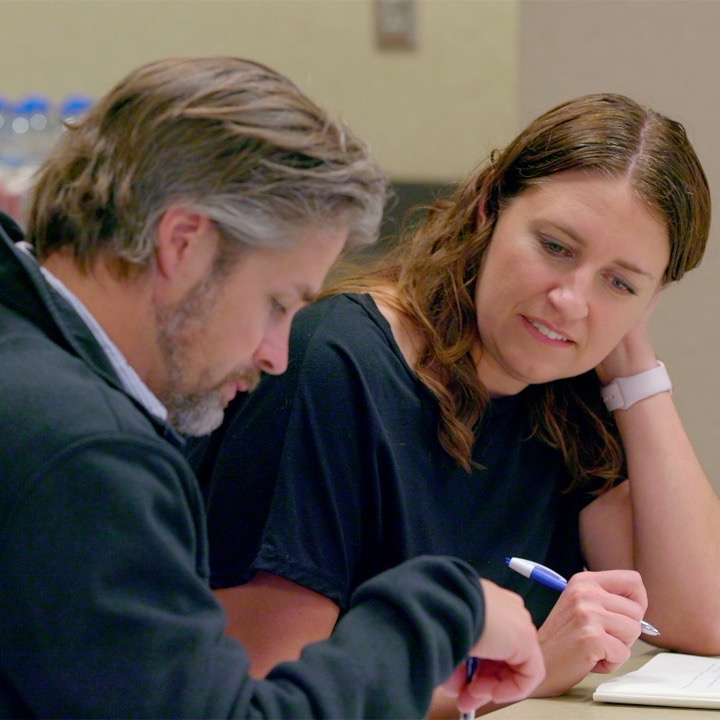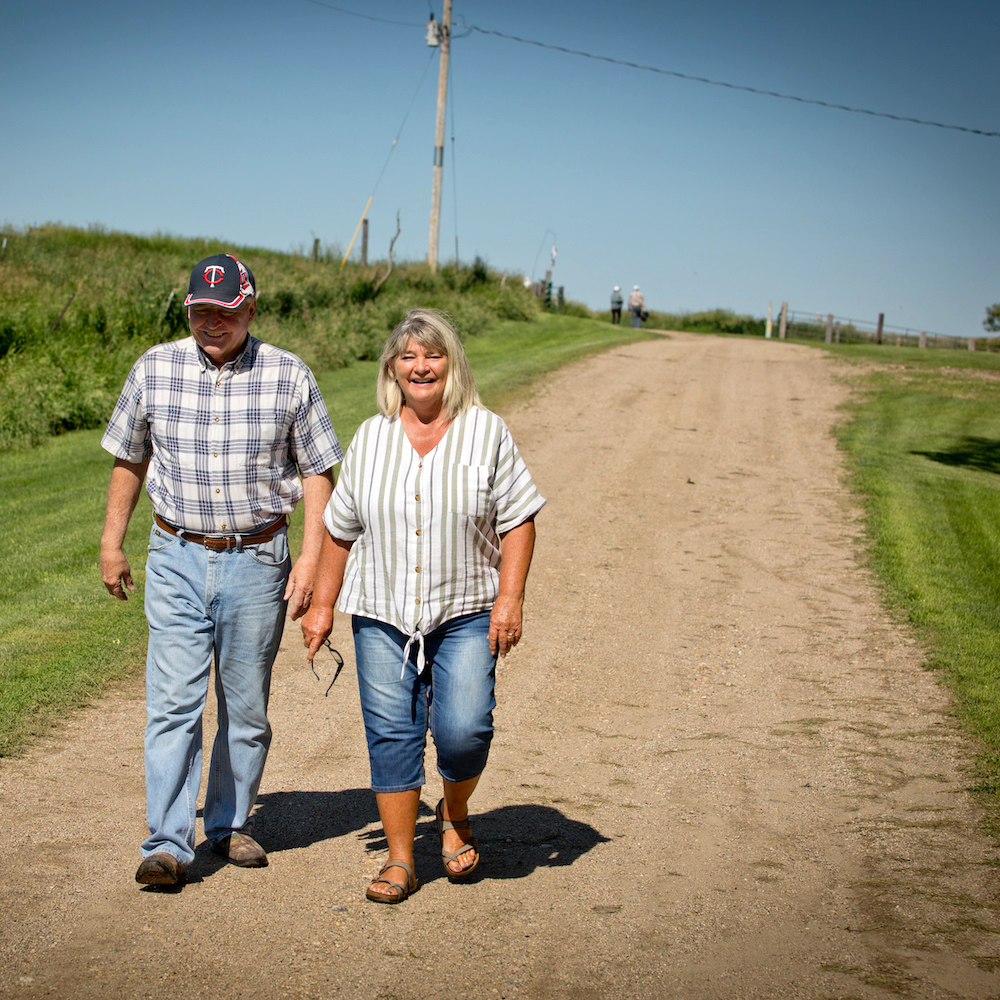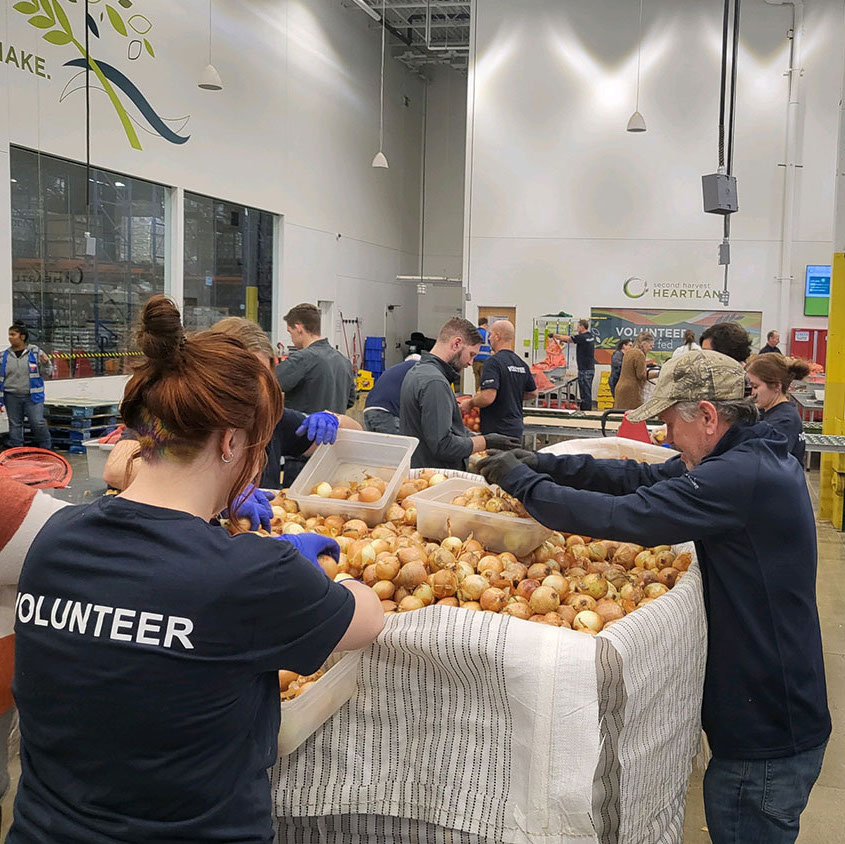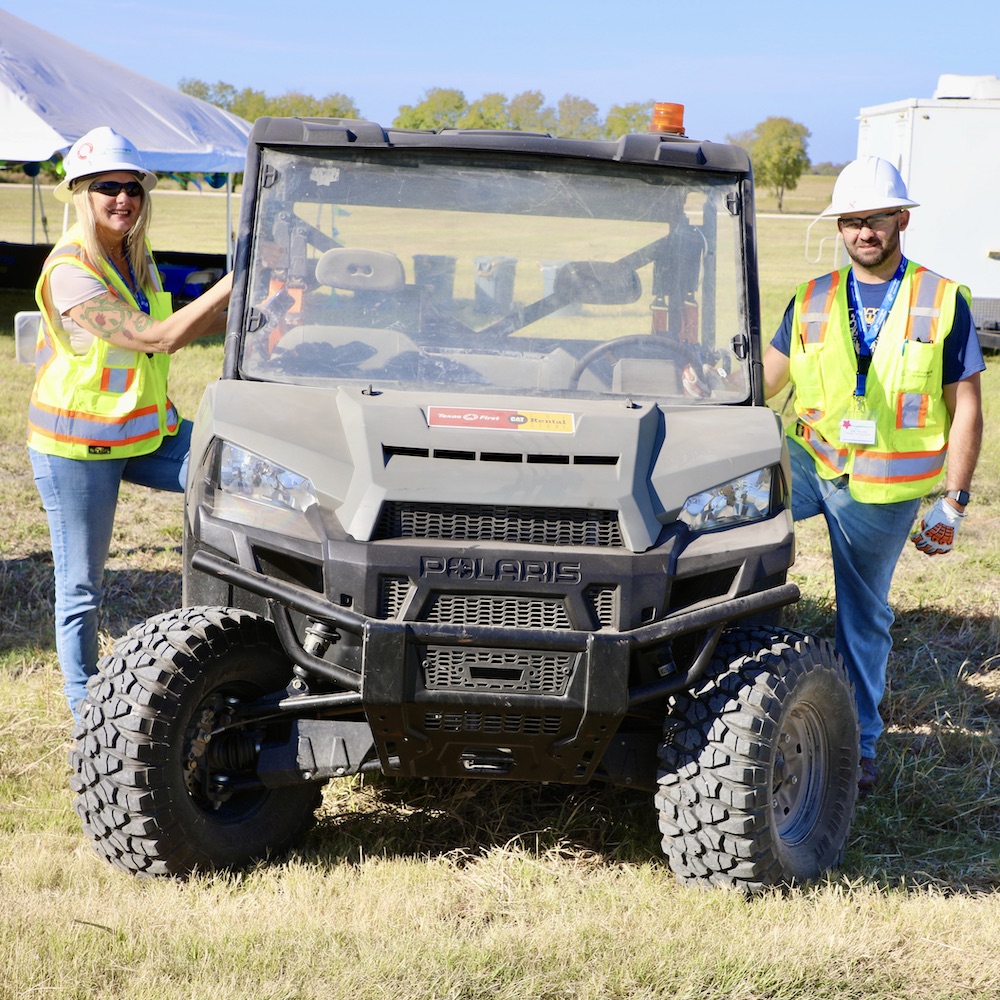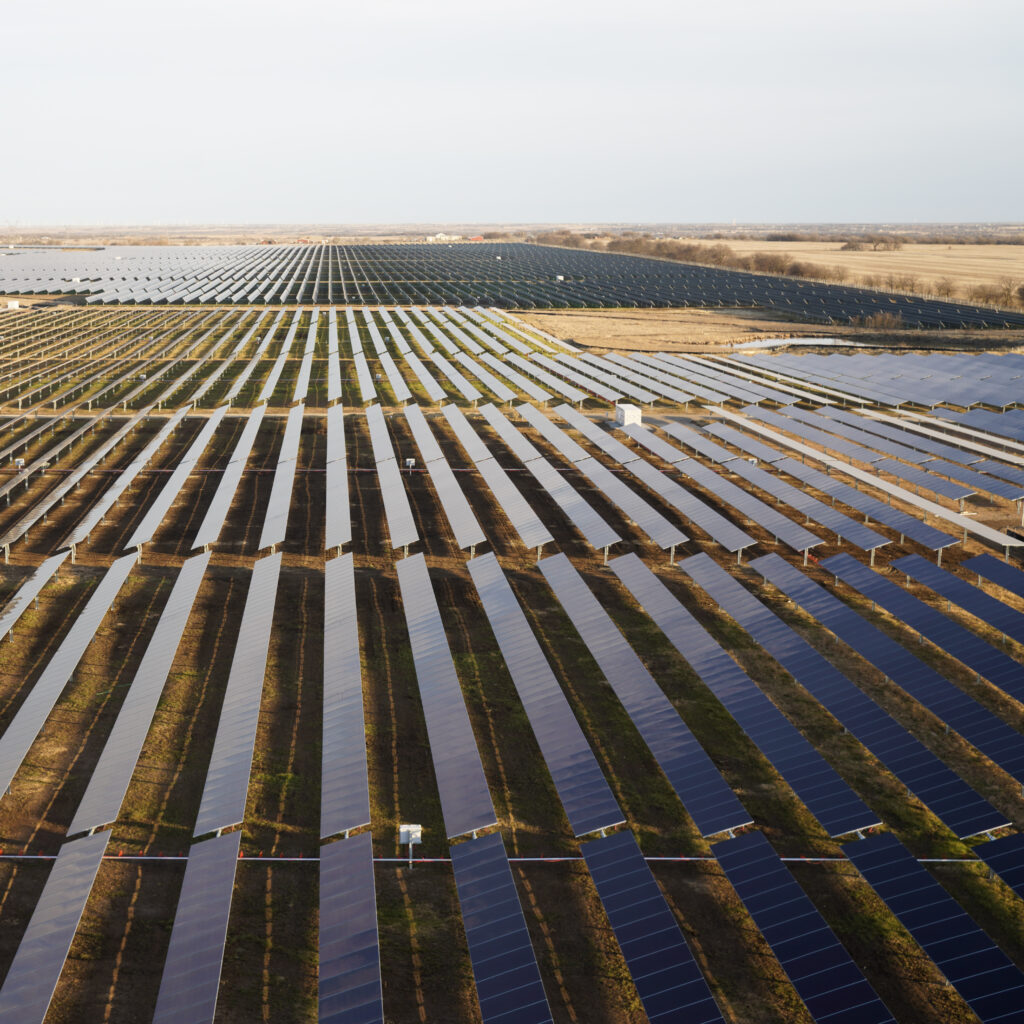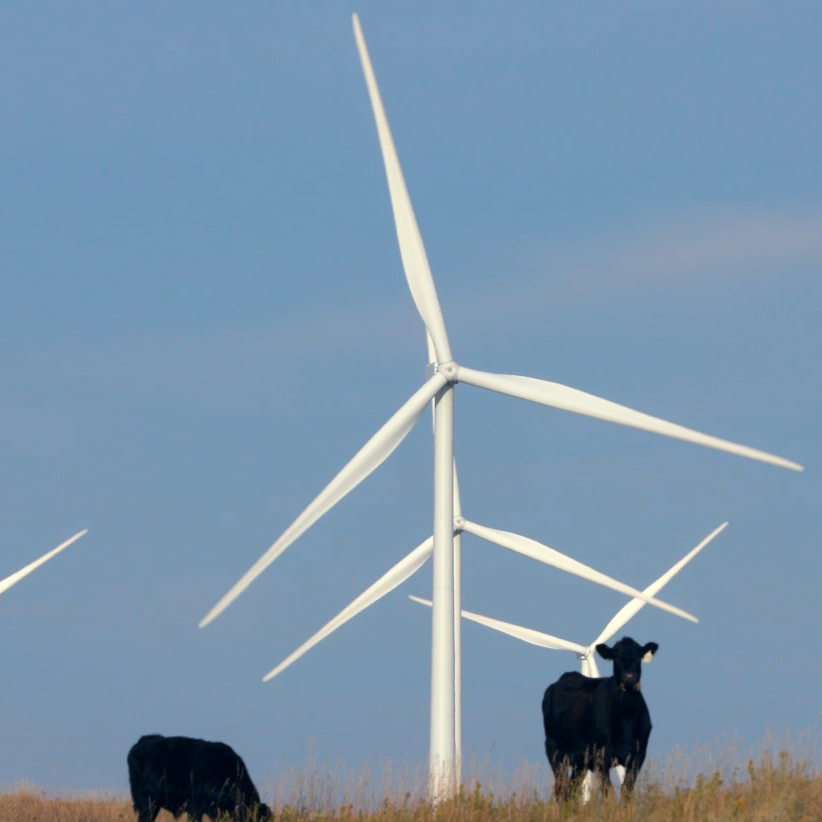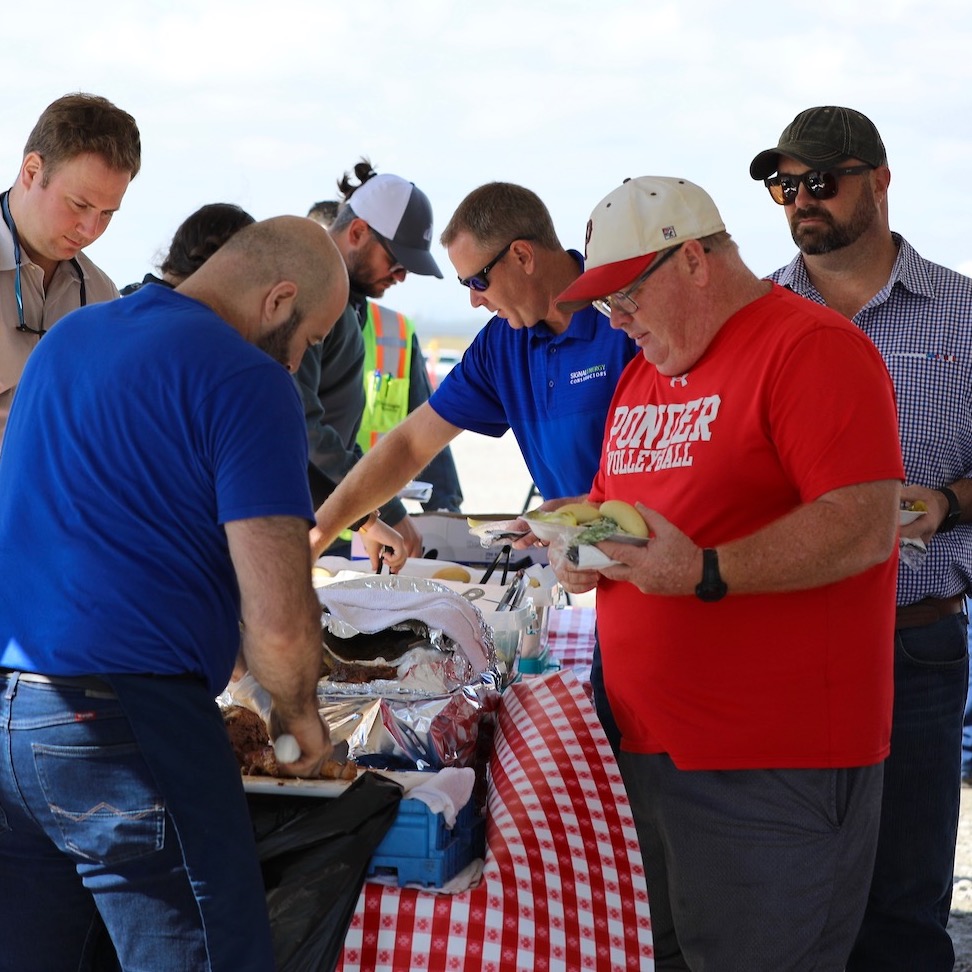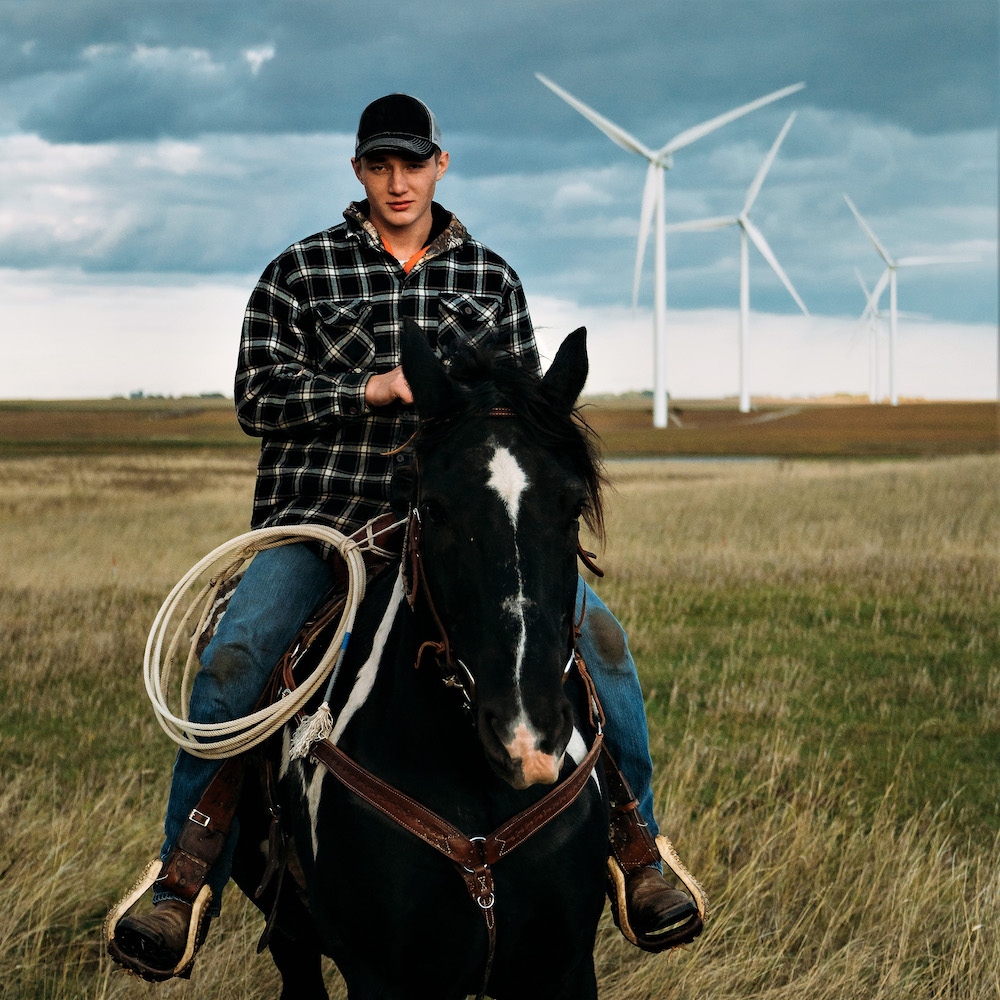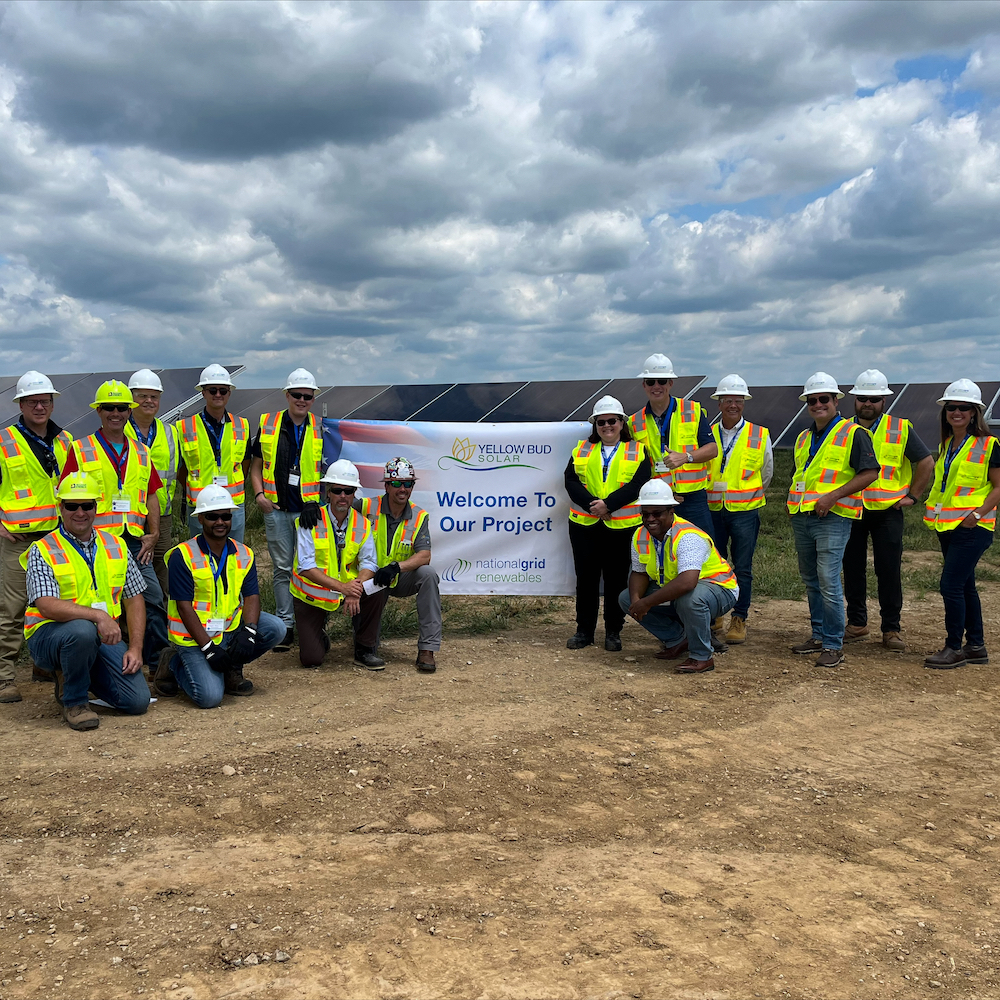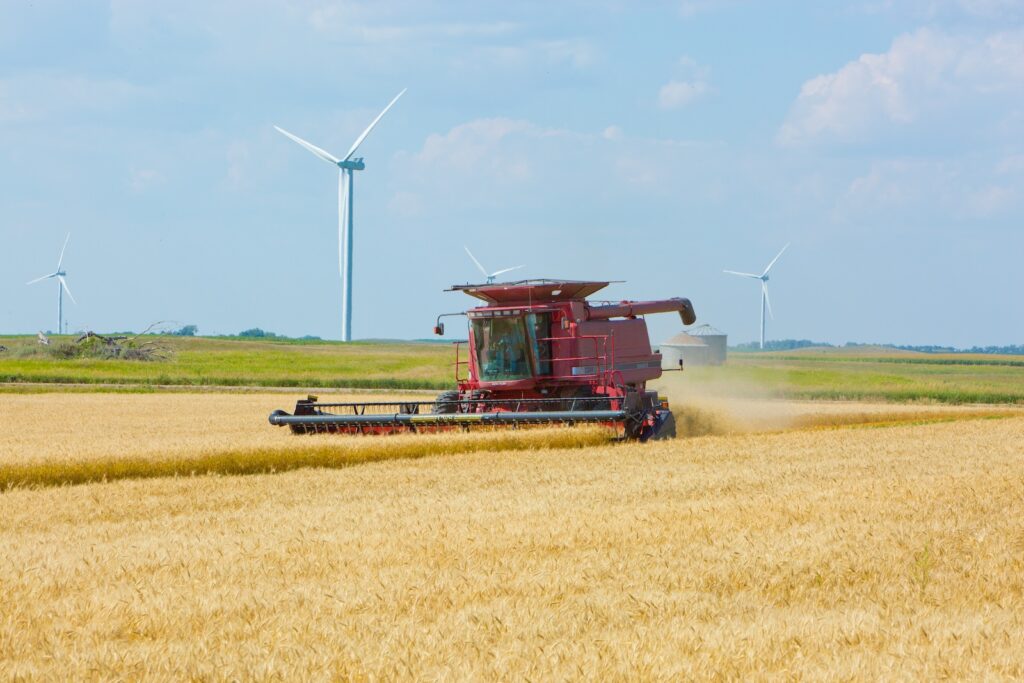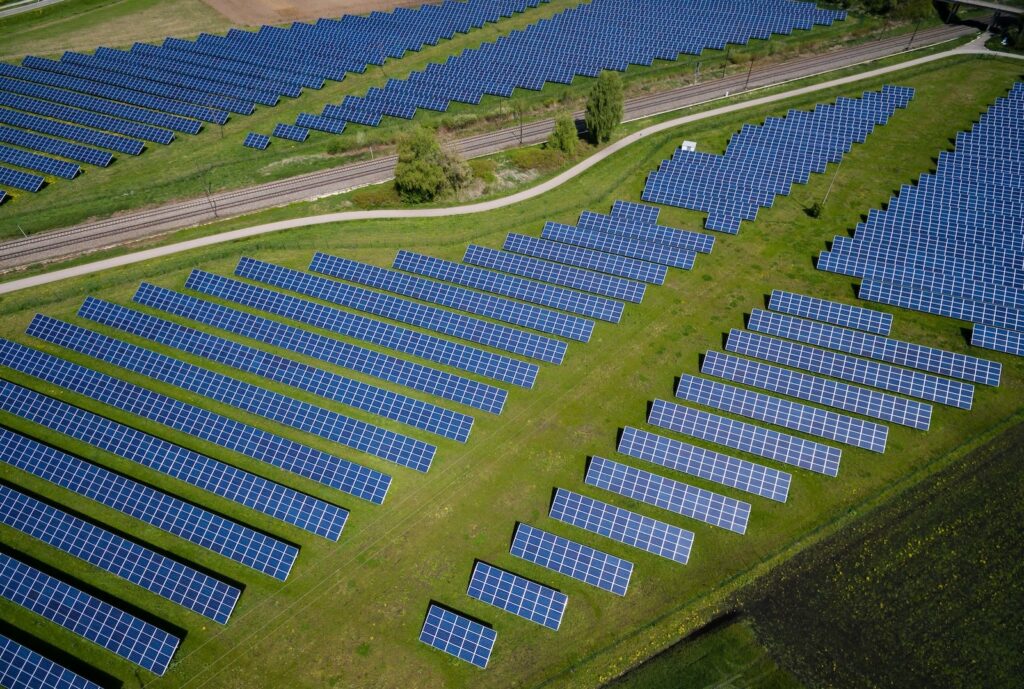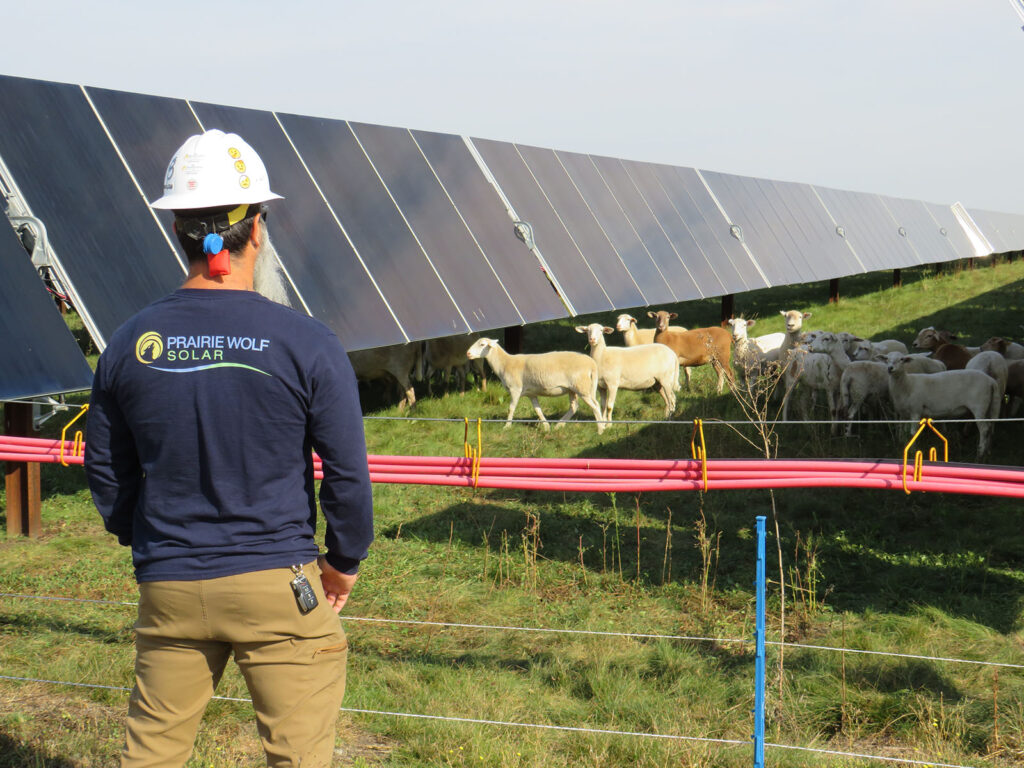About the Expert

Gemma Smith,
Vice President of SHE (Safety, Health, Environment), Risk & Compliance
Share This Article
At the top of the list of National Grid Renewables’ farmer-founded values is “do the right thing.” Doing the right thing drives us to make safety a core value, creating safe workplaces for our employees, contractors, community members, and other partners that help us bring our projects to life. In fact, it’s right there in the values of our parent company, National Grid: “Standing up for safety, every day”—no matter whose logo is on their shirt.
Humans make mistakes: making safety easy
As the leader of the safety team for National Grid Renewables, the most interesting thing about my job is that it’s all about working with and understanding people. Everyone sees things from a different perspective and approaches their work slightly differently. By nature, humans are fallible. We make mistakes and we always will—that’s the bottom line.
So, a big part of my job is trying to predict how people will act in certain situations and then asking, “How do we make the safe thing the easy thing to do?” Because if we make it easy to do the safe thing, they are much more likely to do so. We have a number of unique initiatives that I’m proud to talk about.
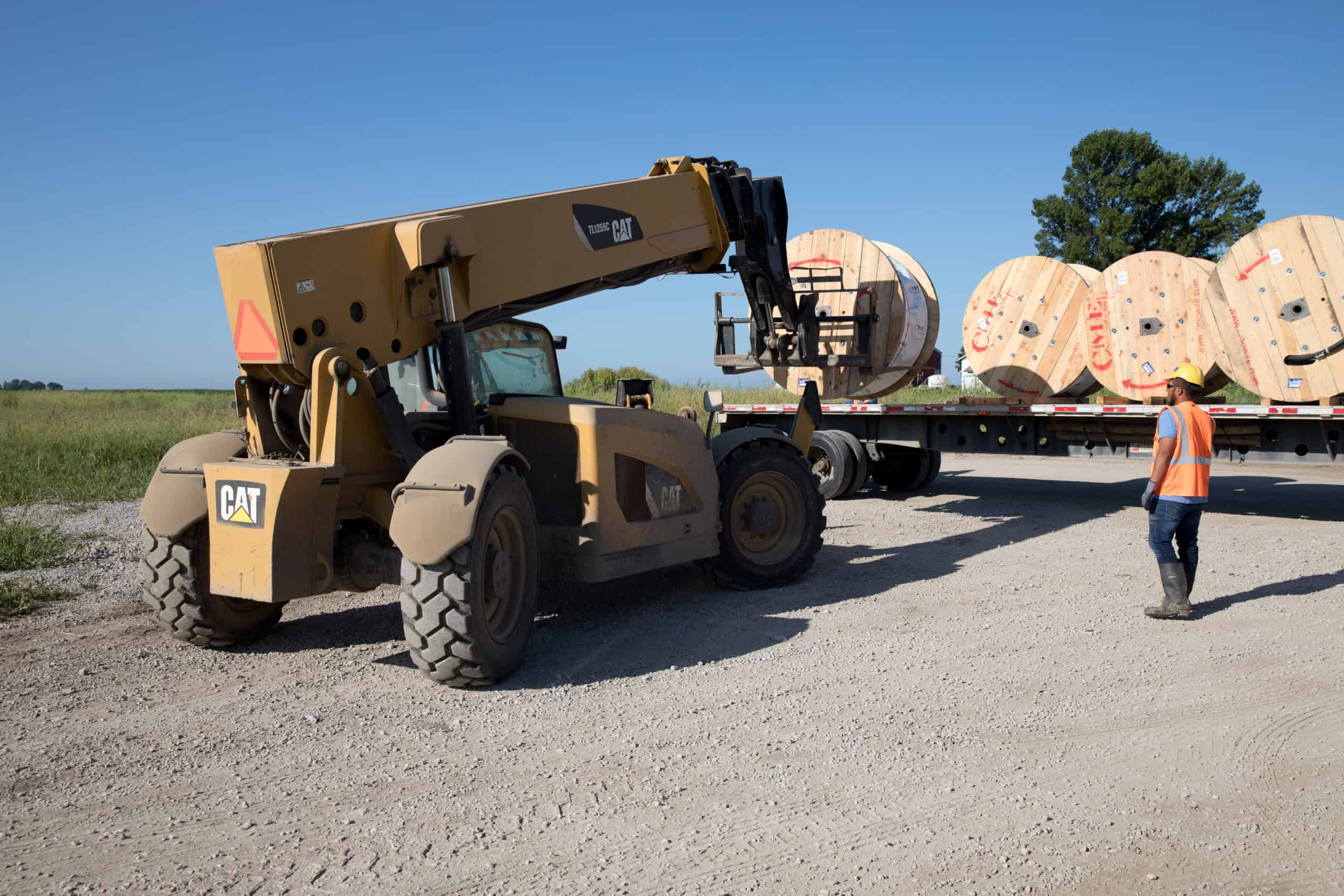
Behavior-based safety
We recently launched a behavior-based safety program that focuses on the science of how people react to the situations they’re in. It’s directly addressing the challenge of making it easy for our people to react in a safe manner.
We’ve developed checklists based on common tasks (pile driving, installing panels, etc.). Those checklists will talk about specific hazards with those tasks. Our team goes onsite to walk through the checklists with field team members. With pile driving, for example, we’ll walk through the importance of hearing protection, making sure they understand handling and pinch points of the piles, etc.
The idea is to create a safe space where people can give honest feedback on how work happens in the field, or any awareness gaps around safety hazards. Then, we can not only address specific gaps at a given site, but start to see any trends emerging in terms of commonly overlooked risks, common shortcuts, and areas where we need to do targeted company-wide safety training.
A big part of this is recognizing what’s different: Why is a certain safety protocol or process being followed on one site or in one situation, but not in another? There are always reasons, but sometimes simply sharing a different way to do the same thing can make all the difference.
Plus, the second we identify an issue or a new risk, all of us, regardless of position in the organization or who we directly work for, have the authority to pause or stop the work. It might be a pause for 30 seconds, or it might be 30 days.
Root cause analysis
Part of looking at the pattern of behaviors that lead up to safety issues is understanding the root cause. It can be too easy to look at one less-than-perfect decision that happened closest to the point of the incident and miss another decision or decisions that happened further upstream that set things on a problematic path.
We’re using a proven root cause analysis (RCA) methodology (TapRoot). Using an RCA tool isn’t that unique, but the important thing is how you learn from the results, and how you’re following through on addressing or remediating the root causes. Mistakes happen. But we want to get to the bottom of why an incident occurred, and make sure we’re doing everything we can to prevent something similar from happening again. It’s easy, and almost second nature, to blame the person doing the job for what happened, but if we really review why the person did it, we often find something outside of them.
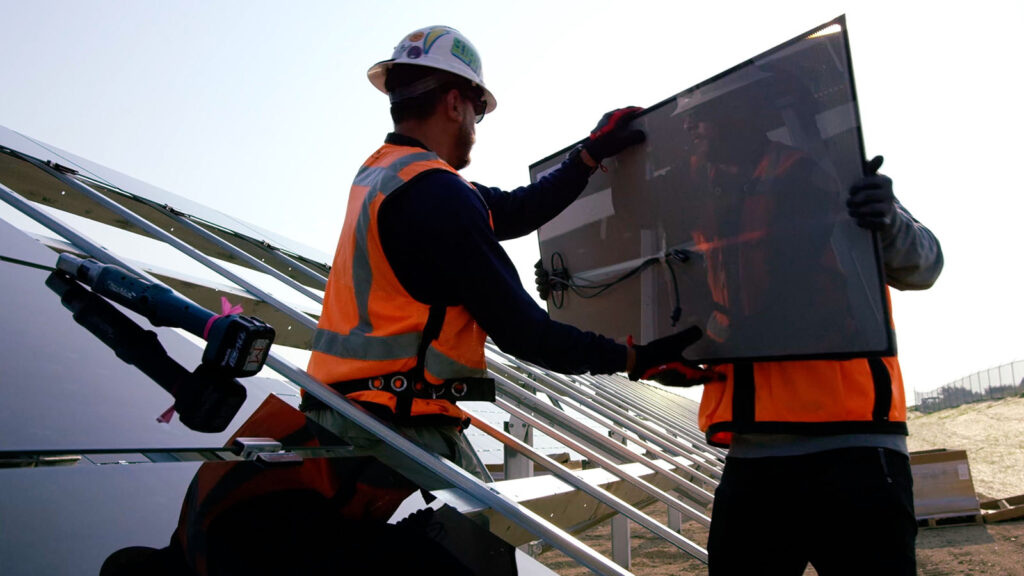
Safety training to get ahead of the problem
It’s one thing to look at safety issues that occur and try to prevent them in the future, but as they say, the best defense is a good offense: If people have proper training and understand how to use the equipment safely, they’re empowered to act in safe ways and make safer decisions.
We’re not just doing a deep dive into how we’re training our employees; we’re also making sure that our contractors have a best-in-class level of training for their personnel, as well. We’re working with them to understand their training programs, and identifying how we can help them level up their safety training.
That often comes back to the basics of technology training. If you know the equipment and understand how it works, you’re better equipped to protect yourself from the safety risks.
Protecting mental health, too
Safety isn’t just about protecting our physical bodies. We’ve also made mental health a major emphasis of our workplace safety initiatives.
Mental health is, in many ways, an under-addressed problem across our country, but the unfortunate reality is that mental health is an acute challenge in the construction industry: According to the CDC, the suicide rate is among the highest within construction across industries.
Another unfortunate reality is that there are a lot of companies talking about prioritizing mental health, but not many actually do something. Of course, there’s no easy band-aid for mental health challenges, but we really hold ourselves to “walking the walk” of our values, so we’re building out mental health services and resources for our people.
Mental health first-aiders training is now offered as an option to all our employees, and we’re providing it on our construction sites, inviting our contractors to join us. Just like learning CPR, mental health first aid training teaches our team members how they can recognize the signs of mental health issues, and how they can help someone experiencing a mental health or substance use crisis. We are now also rolling out a mental health program called “Mental Health Matters,” which helps put a focus on mental health, but also makes a mental health counselor available on many of our project sites, free to anyone who works there.
Safety matters—no matter the logo on your shirt
To me, the most unique thing about our safety programs is how we’re extending these resources to all our contractors and everyone who works on our project site. Our goal is to show a community of care, no matter what logo is on their shift or who signs their paycheck.
We’re building a culture of safety, where people feel safe and empowered to raise their voices when they see a safety risk, or when something doesn’t look right. And, likewise, we’re building an environment where people are comfortable acknowledging their mental health needs and accessing resources that can help them—and where their peers are able to recognize, understand, and support those mental health needs where they can.

